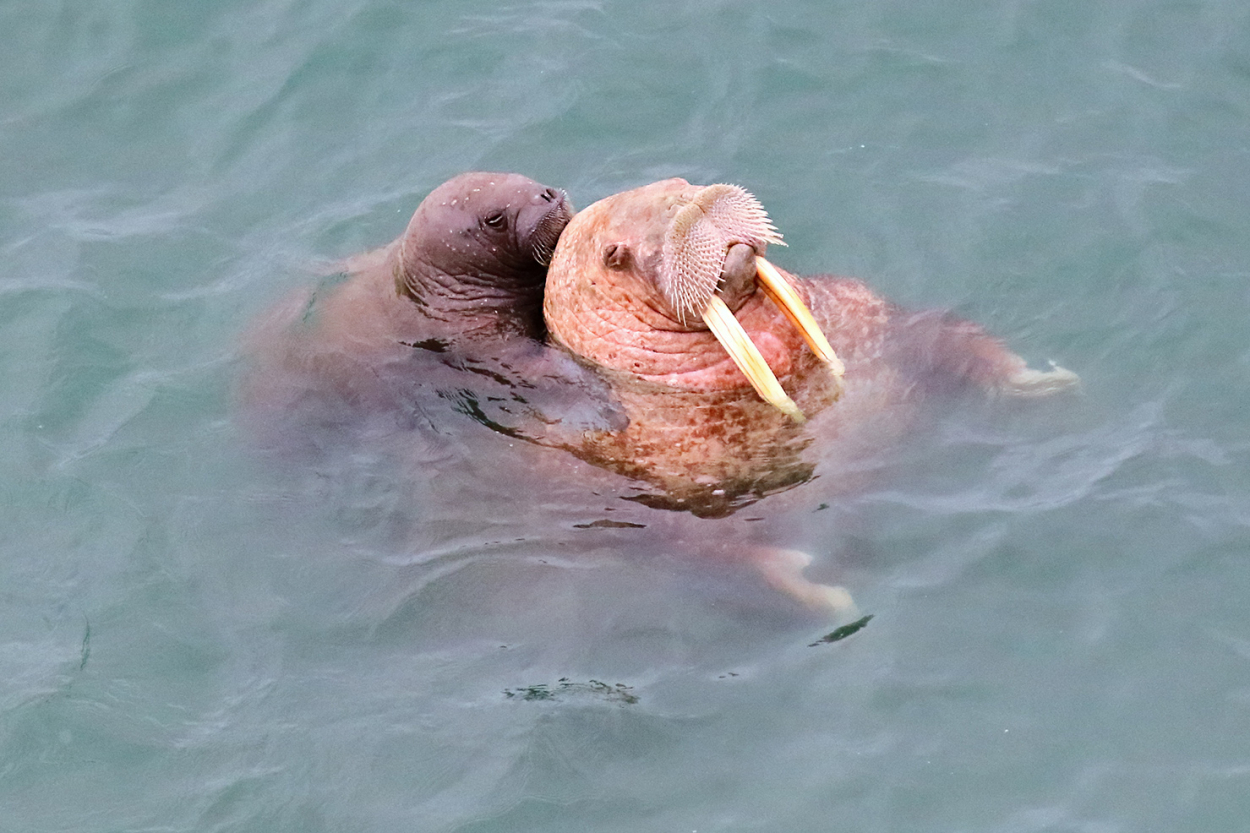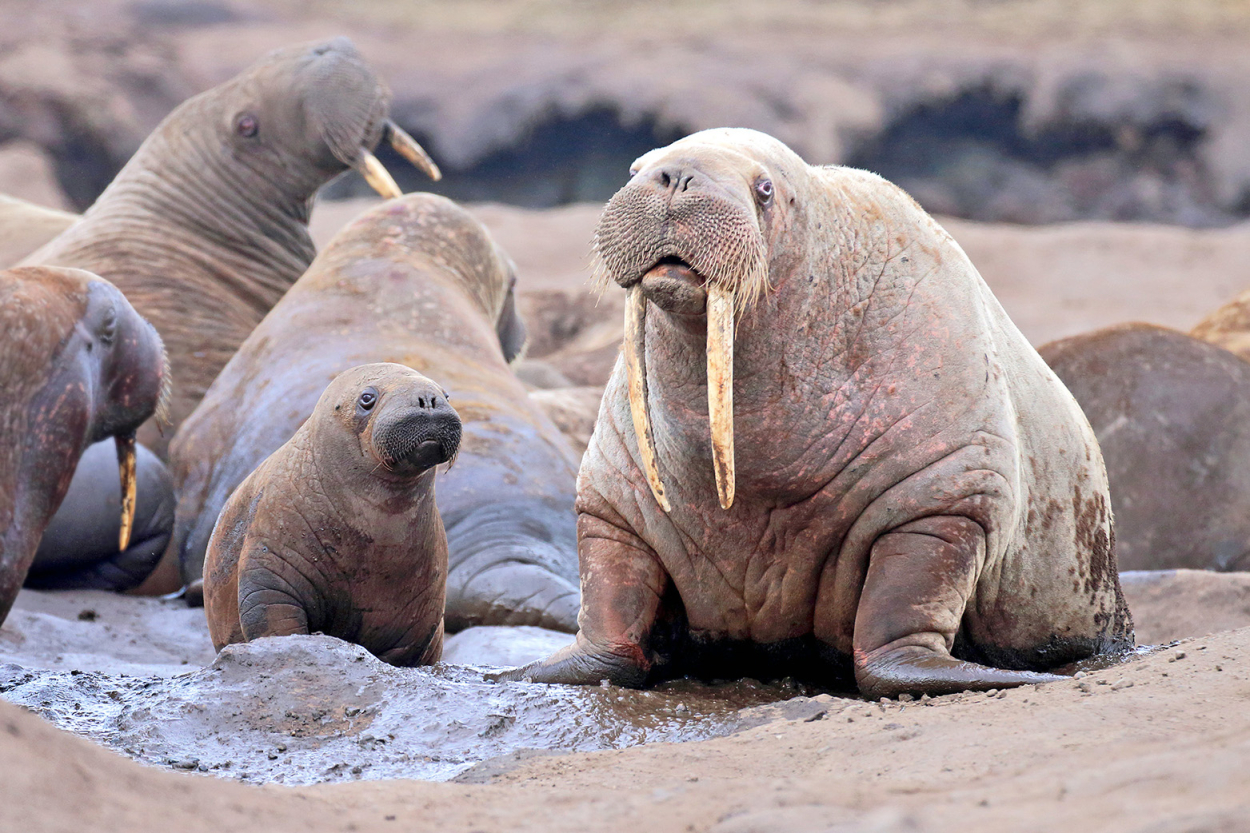It’s not just humans that are biased towards the ‘left-cradle’: SPbU scientists
For several months, the biologists from St Petersburg University have been studying how the Pacific walruses and Indian flying foxes cradle their infants. The scientists discovered that it’s not just humans that are biased towards the ‘left-cradle’ - it’s also favoured across the mammal kingdom.
The research findings are published in the Biology Letters, the Royal Society Publishing.
Although this pattern left cradle bias has long been observed in females of humans, the scientists nevertheless have been at a loss why it is the way it is. They regarded it either as a social interaction or a trait typical to the apes as it is shared by the close relatives of the Homo sapiens (gorillas and chimpanzees). The latest study shows that the use of the left visual field in infant is a trait that is such a deeply ingrained evolutionary feature and favoured across the mammal kingdom.
“In our previous study, we showed that the mammal infants that are not apes and little use their limbs for interaction with their infants (for example, horses or whales) are biased to use the left visual field in interaction with the mother”, — said SPbU senior lecturer, Candidate of Biology Andrei Gilev.
This study aims to find a missing piece of the jigsaw puzzle: to reveal how the mammals, not apes, behave that use their limbs for social interaction with the infants.
SPbU senior lecturer, Candidate of Biology Andrei Gilev
In the study, the scientists observed Pacific walruses (Odobenus rosmarus divergens) and Indian flying foxes (Pteropus giganteus) as their mother-infant interaction is particularly strong and they have only one infant in life. Moreover, to assess left- or right-cradle bias if a mother has two infants can pose certain difficulties. For several months, the scientists, among them are Associate Professor Egor Malashichev and Research Associate Karina Karenina, were observing the walruses on the island Koluchin in the Chukcha Sea and fruit-bats in Sri-Lanka (the expedition is supported by SPbU grant).
“The mammals are biased towards the use of the left visual field, — said Andrei Gilev. — This left eye is connected to the right hemisphere that processes responses received from the left eye in recognising socially important signals. It is the right hemisphere that has a dominating role in processing information from mothers. This mechanism is shared by walruses and fruit-bats — they are also left-biased”.
Interestingly, such mother-infant interaction is mutually beneficial in humans, chimpanzees, gorillas, walruses, and fruit-bats. Cradling a baby on the left means each of you is observing the other primarily through your left eye, and it is the most comfortable position for both. Although the bias towards the ‘left-cradle’ is typical to all mammals, not all of them use it: for example, young anteaters ride on their mothers' backs.
The left-cradle bias in humans is of ancient evolutionary origin, and our short arms only made left-cradle more comfortable. If a mother cradle an infant on the left, he or she is less likely to cry unlike a child kept on the right side. The child who was cradled on the right side are more likely to not to recognize faces unlike his or her peers who were cradled on the left.
“The left-cradle bias is shared by both right-handed and left-handed mothers, — said Andrei Gilev. — How they explain their behavior is interesting: the right-handed mothers tell that it is more convenient as they do something else with their right hand, while the left-handed mothers tell that their left arm is stronger and it also makes it more convenient to hold an infant on the left”.
The study helps us to delve into how the brain of the mammals works and brain lateralization. In future, it will help us to study the causes of the autism in children and postpartum depression as how the right hemisphere of the brain works is connected with the social and playing behavior in humans.




